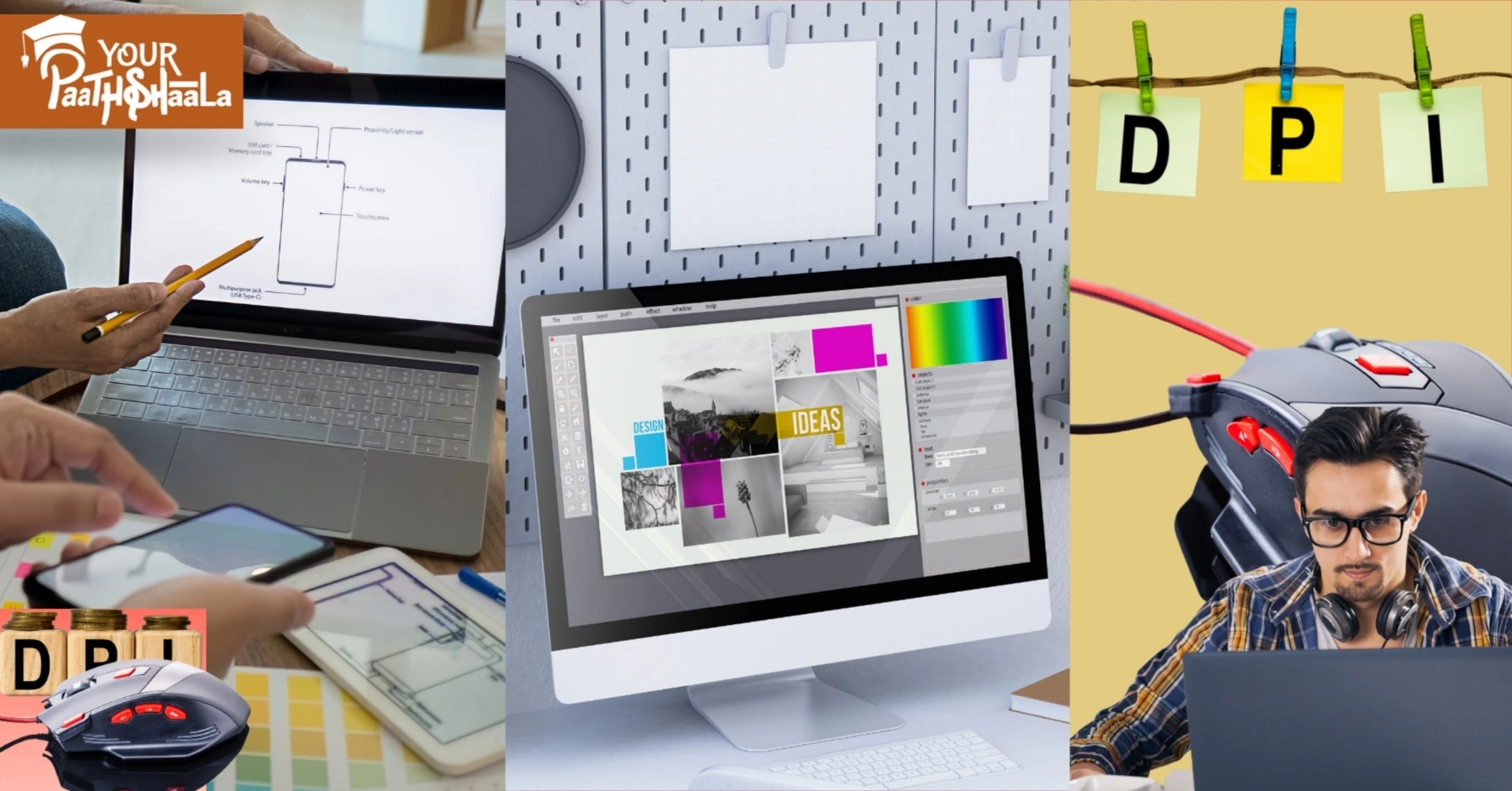
In 2025, mastering DPI in design is crucial for Indian beginners creating visuals in the thriving $50,000 crore digital market, per IAMAI, ensuring crisp logos or posters for both print and screen. DPI, or dots per inch, determines image quality, making it a key concept for designers. This beginner-friendly guide explains DPI in design, compares print and screen resolution, and offers practical steps to apply it effectively. For example, using the right DPI can make a festival poster look professional. Whether you’re freelancing in Bangalore or learning in a small town, these insights will elevate your work. Ready to get started? Let’s explore DPI in design for 2025!
What is DPI in Design?
DPI in design stands for dots per inch, a measure of resolution indicating how many dots (pixels for screens, ink dots for print) fit into one inch. Higher DPI means sharper, more detailed images, critical for professional designs. In India, where mobile-first (70% users, per IAMAI) and print media coexist, understanding DPI ensures quality across mediums. For instance, a 300 DPI festival poster prints clearly, while 72 DPI suits web graphics. Grasping DPI in design prevents blurry or pixelated outputs.
Why DPI Matters in Graphic Design
DPI in design directly impacts the clarity and professionalism of your visuals. First, it ensures images look crisp, whether on a billboard or a smartphone. Next, it aligns with client expectations, especially for print projects like wedding invitations. For example, low DPI can ruin a printed brochure’s quality. However, using incorrect DPI settings wastes time and resources. Mastering DPI in design is essential for Indian designers to deliver high-quality work.
Print vs Screen Resolution: Key Differences
Print and screen resolutions differ due to their mediums, affecting DPI in design, Print requires high DPI (300-600) for sharp details, as ink dots are physically applied to paper. Screen displays use lower DPI (72-150), as pixels render digitally on devices like phones or laptops. For instance, a 300 DPI poster looks stunning in print but is unnecessarily large for web use. Understanding these differences ensures your designs suit their intended purpose in India’s diverse market.
Benefits of Proper DPI Usage
Using the correct DPI in design offers several advantages. It ensures professional-quality outputs, impressing clients and audiences. It also saves time by avoiding rework due to blurry images. For example, a 300 DPI logo printed on business cards looks sharp and credible. Additionally, it aligns with 2025 trends favoring high-quality visuals, per Creative Bloq. Proper DPI enhances your reputation in India’s design industry.
Common DPI Challenges in India
Indian designers face challenges with DPI in design due to mixed digital and print demands. Beginners often confuse screen (72 DPI) and print (300 DPI) settings, leading to pixelated outputs. Limited access to high-spec computers can complicate high-DPI file handling. For instance, a low-DPI image may look fine online but fail in print. However, free tools and tutorials make mastering DPI accessible. Awareness and practice overcome these hurdles.
DPI Guidelines for Print and Screen
These DPI settings are ideal for Indian beginners in 2025, ensuring quality across projects:
- Print: 300 DPI for posters, flyers, or business cards; 600 DPI for high-end prints like magazines.
- Screen: 72 DPI for web graphics; 150 DPI for retina displays (e.g., smartphones).
- Social Media: 72-96 DPI for Instagram or Twitter posts (1080x1080px).
- Large Format: 150 DPI for banners or billboards, viewed from a distance.
- UI/UX Design: 72-144 DPI for app or website mockups, per Figma standards.
These guidelines align with India’s design needs, balancing quality and file size.
6 Steps to Apply DPI in Design Projects
Follow this beginner-friendly guide to use DPI in design effectively for print and screen projects in India for 2025.
1. Understand DPI Requirements
Learn DPI needs for your project type—300 DPI for print, 72 DPI for screen. For example, a Diwali poster needs 300 DPI for printing. Study resources like Canva’s Design School for clarity. Spend 2-3 hours researching DPI standards. This ensures your designs meet quality expectations.
2. Choose the Right Design Tool
Use free tools like Canva or GIMP, which allow DPI adjustments. For instance, set Canva to 300 DPI for a festival flyer. Explore tutorials on YouTube to learn DPI settings. Spend 5 hours practicing tool interfaces. Free tools make DPI in design accessible for beginners.
3. Set Correct DPI at Project Start
Configure DPI when starting a project to avoid resizing issues. For example, create a 300 DPI canvas in GIMP for a wedding invitation. Check software settings to confirm resolution. Spend 1-2 hours setting up each project. Proper DPI setup prevents quality loss.
4. Test Outputs for Quality
Preview designs at the intended DPI to ensure clarity. For instance, export a 72 DPI social media post to check pixelation on a phone. Use free tools like Photopea to test outputs. Spend 1-2 hours per project reviewing. Testing ensures designs suit print or screen.
5. Save Files Appropriately
Export files in formats like PNG (screen) or PDF (print) at the correct DPI. For example, save a 300 DPI poster as a PDF for printing. Use Google Drive (free) to store high-DPI files. Spend 1 hour organizing exports. Proper saving maintains quality across mediums.
6. Build a DPI-Ready Portfolio
Compile 5-10 projects, like posters or social media graphics, with correct DPI settings. For instance, showcase a 300 DPI festival ad on Behance (free). Ensure designs are optimized for India’s mobile-first audience. Spend 5 hours organizing your portfolio. This demonstrates DPI expertise to clients.
Total Time: 15-20 hours initially for learning and setup, ongoing for practice
Common Mistakes to Avoid
Avoid these pitfalls when applying DPI in design. First, don’t use low DPI (e.g., 72) for print; it causes pixelation. Next, avoid ignoring file size; high-DPI files can slow budget laptops. Also, don’t skip testing outputs; screen previews may hide print issues. For example, a low-DPI poster may disappoint clients. Finally, don’t forget to check software DPI settings before starting.
Tips for Mastering DPI in India
To excel with DPI in design, follow these tips. First, use free tools like Canva to practice DPI settings affordably. Next, focus on India-specific projects, like festival posters, to apply DPI correctly. Additionally, join LinkedIn groups like Graphic Designers India for advice. For example, a 300 DPI Holi ad impresses clients. Finally, test designs on multiple devices for accuracy.
2025 Trends in DPI and Design
In 2025, DPI in design aligns with evolving technology, per Creative Bloq and 99designs. AI-driven tools, like Canva’s Magic Studio, auto-adjust DPI for optimal output. High-resolution displays (e.g., 4K) demand 150-300 DPI for digital designs. X posts highlight vibrant Indian-inspired print graphics at 300 DPI. For example, a high-DPI animated ad boosts engagement. Staying updated ensures quality designs.
Why DPI Matters in India’s Design Industry
India’s design industry, with digital ad spending projected at ₹50,000 crore by 2026, per IAMAI, demands precise DPI for professional outputs. Clients expect crisp visuals for print (e.g., wedding cards) and screen (e.g., Instagram posts). For example, a 300 DPI flyer builds trust with local businesses. Proper DPI enhances your reputation in India’s competitive market. Mastering DPI is essential for success.
Budgeting for DPI-Ready Design Work
Applying DPI in design is affordable with budget setups. A basic laptop (₹20,000-₹50,000) handles 300 DPI files for Canva or GIMP. Free tools eliminate software costs. A ₹2,000/year domain on Hostinger hosts a portfolio. For example, a ₹20,000 setup with free tools supports high-DPI work. Budget wisely to focus on quality.
Scaling Your DPI Skills
Once you master DPI in design, scale your skills for growth. Create diverse projects, like UI mockups or billboards, using correct DPI settings. Offer services on WorknHire, charging ₹2,000-₹10,000 per project. For instance, specialize in 300 DPI festival graphics for Indian brands. Promote on Instagram with #IndianDesign. Scaling builds a professional career.
Print vs Screen: Choosing the Right DPI
Print projects need 300-600 DPI for sharp details, while screen designs use 72-150 DPI for smaller file sizes thus For example, a 72 DPI social media post loads fast online, but a 300 DPI poster ensures print clarity. Free tools like Canva adjust DPI easily. Always check project requirements before starting. Choosing the right DPI optimizes quality and efficiency.
Finding DPI Inspiration
Draw inspiration from Indian culture, like Warli art, and use the correct DPI for print or screen; for example, a 300 DPI Rakhi poster showcases more vibrant details. Browse Behance or Design in India for DPI-optimized designs. Keep a Notion board for ideas. Inspiration fuels high-quality, DPI-ready projects.
Conclusion
Understanding DPI in design is vital for Indian beginners in 2025 to create crisp, professional visuals for print and screen. From setting 300 DPI for posters to 72 DPI for social media, this step 1 to 6 guide ensures quality outputs. Use our roadmap to learn, test, and build a DPI-ready portfolio. For example, design a festival ad to practice DPI settings. Avoid pitfalls like using low DPI for print or skipping tests. Ready to shine? Master DPI in design today and thrive in India’s vibrant market! Join YourPaathshaala, Raipur’s leading skill development institute. Contact us at 📞 +91-8305209520 for more information!


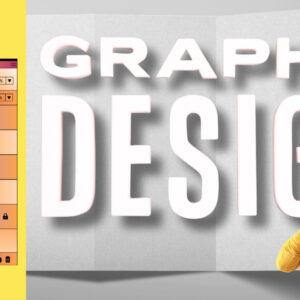

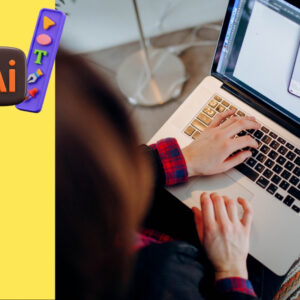
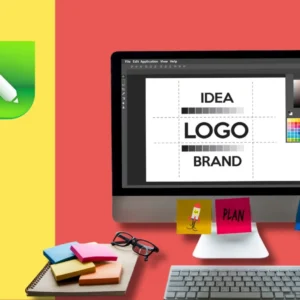
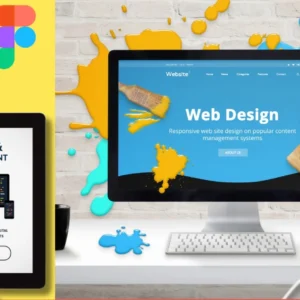

Add a Comment